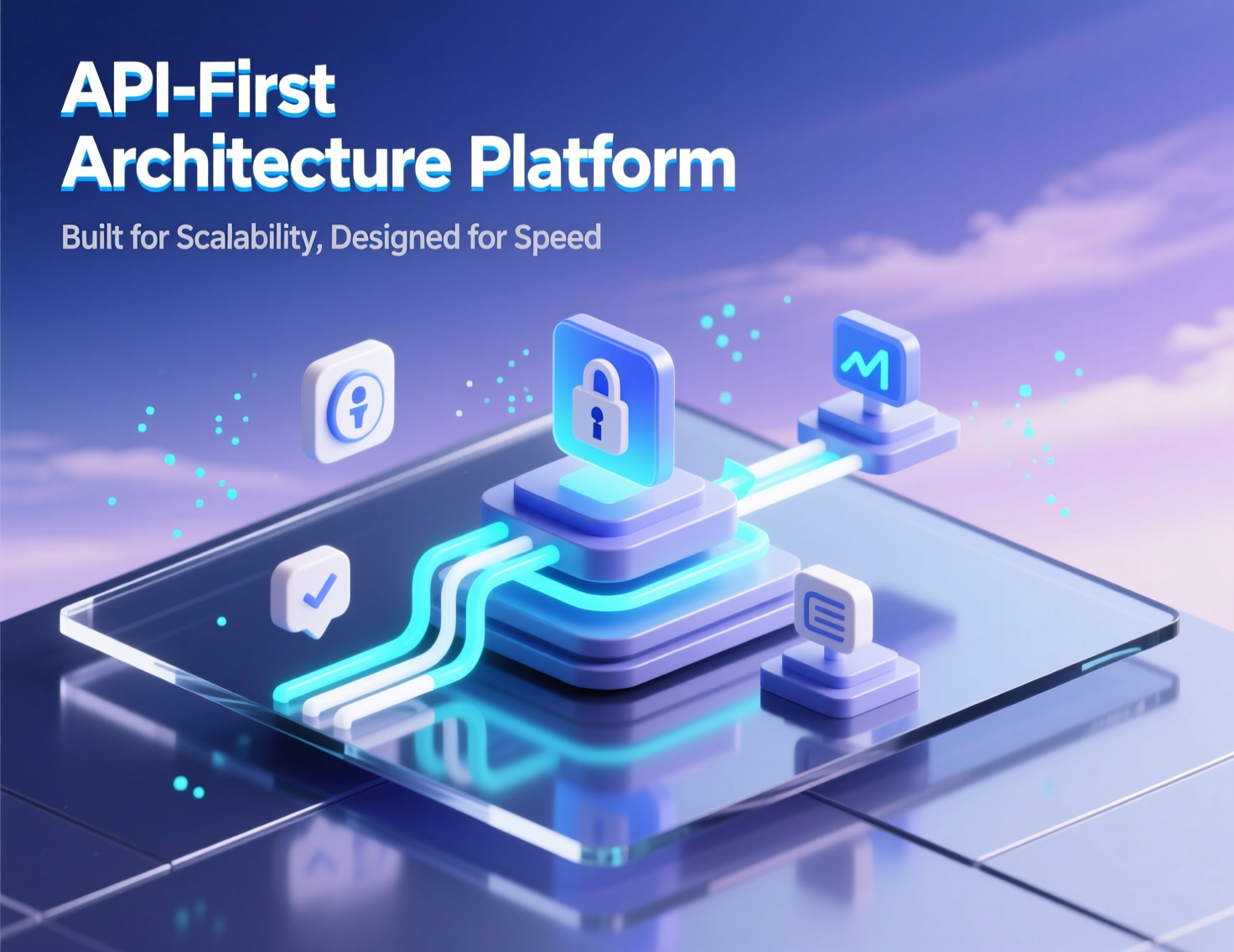
API-First Architecture Explained
Modern digital winners don’t just run websites they run platforms. An API-first architecture treats APIs as the product’s backbone, not an afterthought, so every capability can be discovered, reused, monetized, and extended. Organizations that adopt API-First Architecture move faster, integrate easier, and open new revenue channels while keeping front ends flexible for any device or channel.
Unlike page-centric builds, API-First Architecture begins by designing the interface: endpoints, schemas, auth, versioning, and SLAs. This “design-first” step produces an API contract that aligns product, engineering, and partners before any UI code is written.
Companies from Stripe and Twilio to Shopify have shown how API-first thinking fuels ecosystems and platform economics. Postman describes API-first as putting APIs at the center of software development, enabling teams to construct applications from interoperable services (see Postman’s explainer). postman.com
In this guide, you’ll learn the core principles, a step-by-step adoption plan, platform patterns, governance, monetization options, and example architectures to help you turn a website into a scalable API-First Architecture platform.
Why API-First Architecture is Different (and Better)
API-First Architecture is a product strategy, not just a technical pattern.
Contracts over code
You ship a stable API contract first. UIs, integrations, and internal apps build against it.Decoupling by default
Back-end services publish capabilities; front ends consume them via APIs.Parallel delivery
Teams work simultaneously API design, client development, and service implementation—reducing blockers.Ecosystem-ready
Once you have consistent APIs, partners can integrate, extend, and build. Think “apps on your business.”
Swagger (OpenAPI) and related tooling make design-first practical; Swagger’s guidance ties API-first to microservices and consistent developer experience.
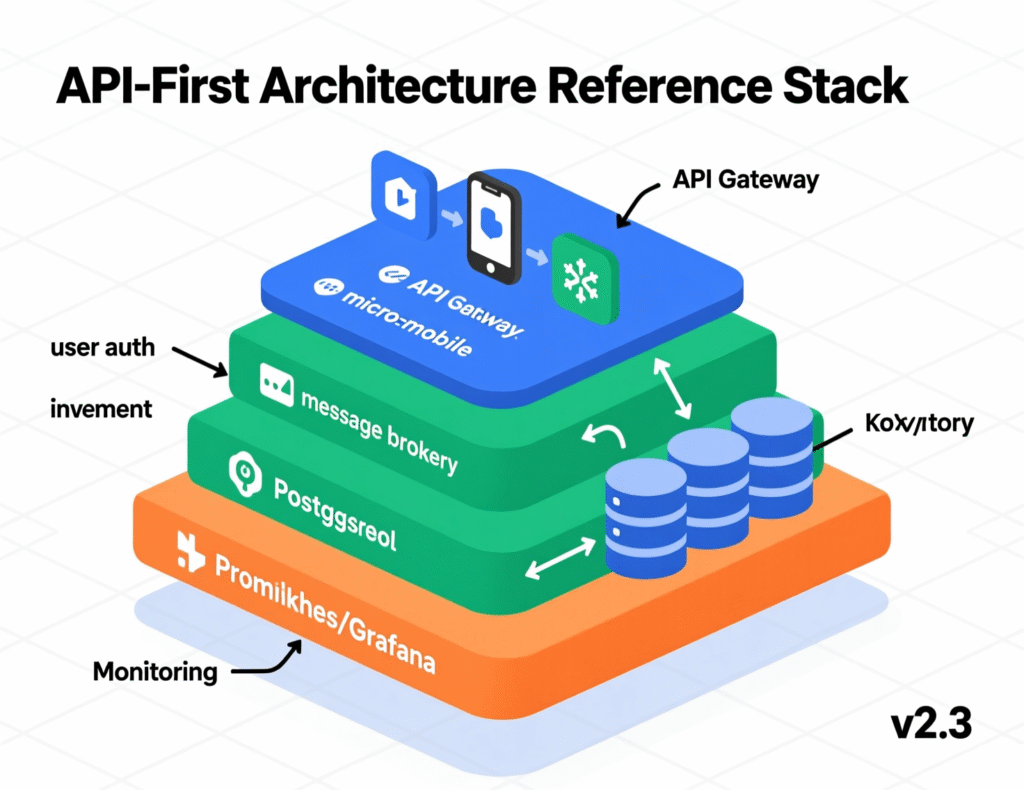
Website vs Platform: What Changes with API-First?
A traditional site delivers pages. A platform delivers capabilities via APIs:
| Dimension | Website-Centric | API-First Architecture Platform |
|---|---|---|
| Primary asset | Pages/templates | APIs as products |
| Teams | Sequential (backend → frontend) | Parallel (design-first + mocks) |
| Channels | Web-first | Web, mobile, apps, partners, devices |
| Change mgmt | Coupled releases | Semantic versioning, deprecation policy |
| Growth lever | SEO & content | Ecosystem & integrations + content |
Twilio calls itself an “API-first cloud platform,” built to support a partner ecosystem via APIs—this is the shift from site to platform.
Core Principles of API-First Architecture
Design-First with OpenAPI
Capture endpoints, models, errors, and auth flows in an OpenAPI spec.
Use mock servers so clients can start early.
Productized APIs
Treat every API like a product: docs, changelog, SLAs, support, and lifecycle.
Consistent Auth & Security
OAuth2/OIDC, fine-grained scopes, tenant isolation, and rate limiting.
Versioning & Deprecation
Semantic versioning; communicate deprecations with timelines and tooling.
Discoverability
Unified developer portal, high-quality docs, searchable catalogs, and examples.
Observability
Trace IDs, structured logs, SLOs, and consumer analytics to optimize DX.
Composable Services
Align APIs to domains (DDD). Keep payloads consistent and well-typed.
Bump.sh and other API design tools provide clear stages and a single source of truth useful for keeping teams aligned.
Market Signals: Why Now?
Developer-first growth
Stripe’s decade of API evolution shows how thoughtful API design accelerates adoption and reduces integration cost.
Headless/Composable surge
Interest in headless CMS and decoupled architectures has grown sharply, making APIs the default integration layer.
Tooling maturity
Postman, OpenAPI, gateways, and dev portals have normalized API product practices.
Note.
Google announced a Trends API offering scaled search-interest data (5-year horizon), useful for tracking topics like “API-first” and “headless CMS.
A Practical Migration Plan: From Site to Platform (How-To)
Map your capabilities
List “things users can do” (orders, content, identity, payments). Group by domain.
Design APIs per domain
For each domain, write an OpenAPI spec: resources, verbs, standard errors, and pagination.
Stand up a gateway
Centralize auth (OAuth2), rate limits, and routing; add a developer portal.
Ship a reference app + SDKs
Provide a Next.js reference storefront/app and language SDKs to drive adoption.
Deprecate tight coupling
Move UIs to consume APIs. Keep a deprecation schedule with clear comms.
Monetize and govern
Plans/tiers, quotas, and billing. Add an API review board and golden rules.
Ecosystem enablement
Publish sample integrations (Zapier, Shopify, Slack). Run a partner program.
This mirrors successful platform plays (e.g., Shopify’s API ecosystem and Editions updates) that help third parties extend core capabilities.
Reference Architecture: API-First Platform Stack
Gateway & Security: Kong/Apigee + OAuth2/OIDC, mTLS for service-to-service
Services: Domain microservices (Orders, Catalog, Identity, Content)
Data: Polyglot (Postgres, Elastic, Redis), event log (Kafka)
Contracts: OpenAPI + JSON Schema, codegen for SDKs
DX: Developer portal, docs, interactive console, API keys/tokens
Observability: OpenTelemetry, central logging, SLO dashboards
Front ends: Headless web (Next.js), native mobile, partner apps
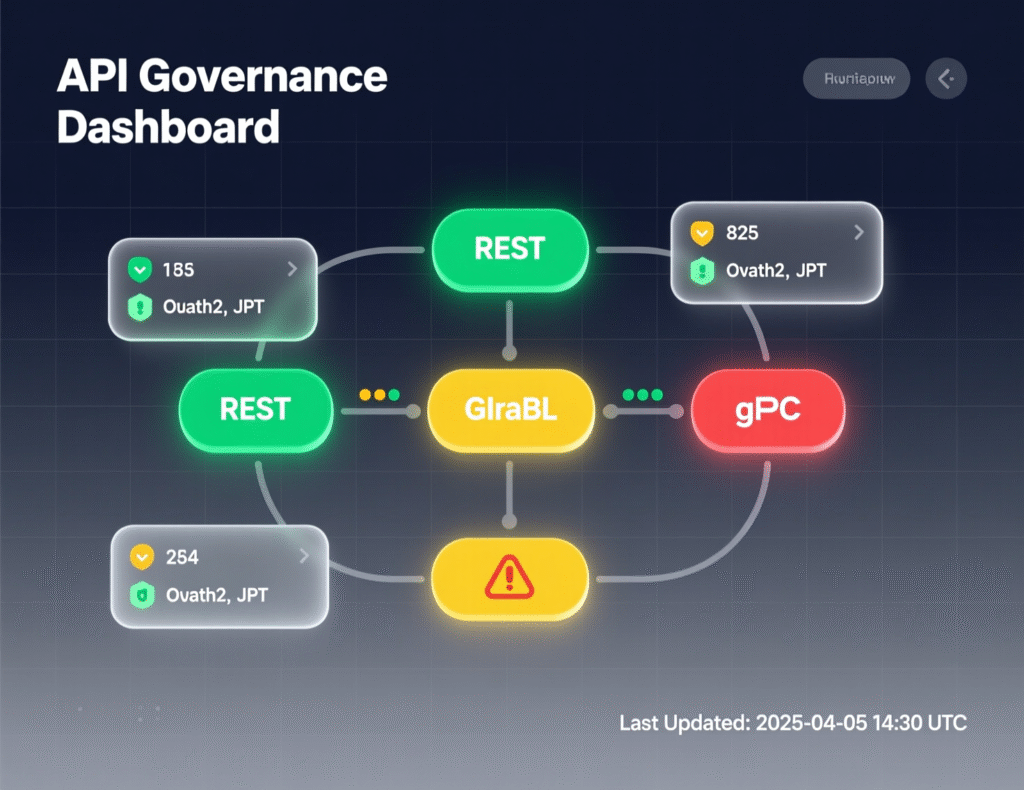
Governance: Keeping APIs Healthy
Style guide & linters for naming, pagination, and status codes.
Breaking-change policy: sunset windows, migration guides, and testable canaries.
Review board: product + architecture + security sign-off.
Telemetry loop: error budgets drive prioritization; consumer analytics inform docs.
Monetization Playbook
Free → Pro tiers with quotas, SLAs, and premium endpoints.
Partner marketplace: revenue share on apps/extensions.
Usage-based pricing: “events” and “minutes” (Twilio-style) or “requests” (Stripe-style)

Real-World Snapshots (Brief Case Studies)
Stripe Payments as a Platform
Stripe’s “payments APIs: the first 10 years” outlines principles like idempotency, resource orientation, and thoughtful evolutions all of which lowered integration friction and scaled an ecosystem of third-party tools. Lesson: obsess over DX and evolve APIs deliberately.
Shopify An API Ecosystem for Commerce
Shopify exposes extensive Admin/Storefront APIs enabling partners to build apps, subscriptions, and channel integrations. This API-first ecosystem turned Shopify from a SaaS store-builder into a platform with thousands of apps and deep integrations. Lesson: publish stable primitives and let partners compound value.
Twilio Communications via APIs
Twilio’s messaging and voice APIs paired with a partner program built “for an API-first world”—allowed developers to add communications without telecom complexity. Lesson: remove heavy domain friction with clean, scalable APIs.
Implementation Tips & Pitfalls
Start with one domain (e.g., Identity or Content) and pilot your standards.
Mock early: unblock client teams using mock servers to validate flows.
Provide SDKs: TypeScript, Python, and Swift—generated from OpenAPI where possible.
Docs are UX: runnable examples, copy-paste snippets, Postman collections.
Track adoption: which endpoints are used, where errors cluster, time-to-hello-world.
Don’t skip versioning: it’s the backbone of trust.
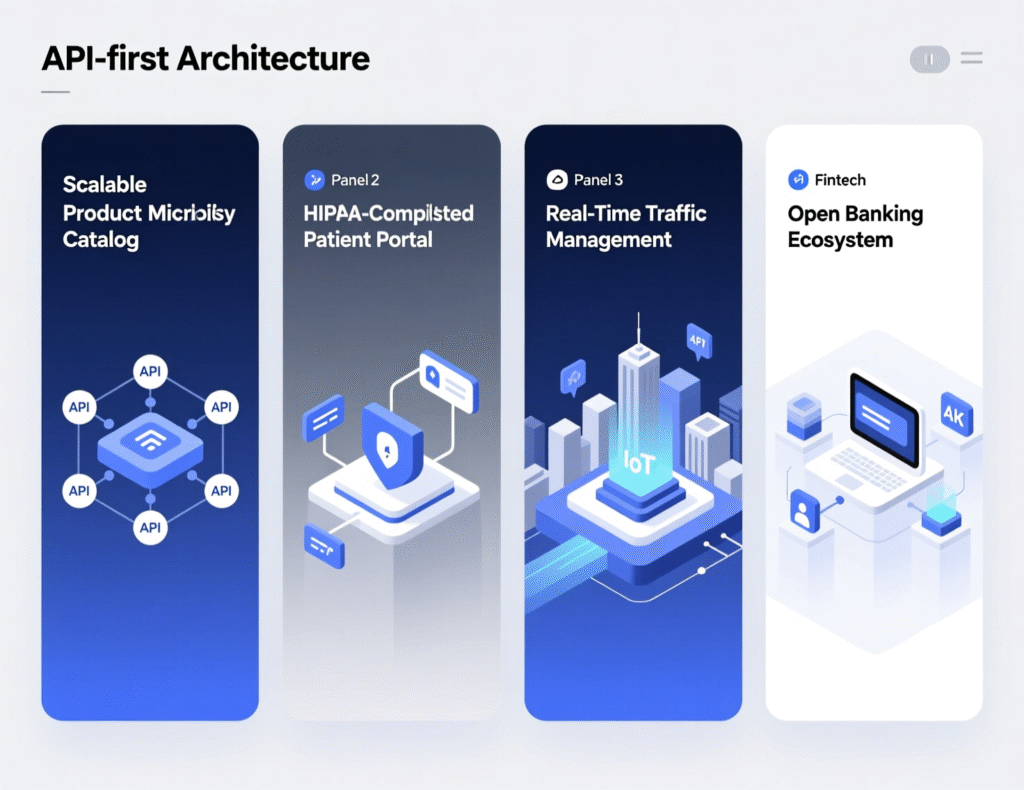
Last Words
API-First Architecture doesn’t just modernize your stack it changes how you create value. When you productize APIs, you open your business to partners, channels, and new monetization. Start small, design first, publish great docs, and enforce governance. In months, your “website” becomes a platform others can build on.
CTA
Ready to blueprint your API-First Architecture? Start with a one-day API design workshop and a pilot domain then roll out your gateway, portal, and versioning policy.
FAQs
Q1. What is API-First Architecture?
A : API-First Architecture is a development strategy where you design, document, and productize APIs before building UIs. It creates clear contracts, parallelizes work, and lays the groundwork for integrations and platforms. (See Postman’s definition of API-first.)
Q2. How do I turn a website into a platform with APIs?
A : Start by mapping capabilities, designing OpenAPI contracts, standing up a gateway and portal, and shipping SDKs and a reference app. Then invite partners and define pricing/tiers.
Q3. How does API-First Architecture compare to headless?
A : Headless decouples front end from back end; API-First Architecture generalizes that concept across all capabilities and channels, making headless one consumer among many. Trend data shows headless interest rising, supporting this shift.
Q4. How to version APIs without breaking clients?
A : Use semantic versioning, additive changes for minor versions, clear deprecation timelines, and migration guides. Provide test sandboxes.
Q5. How can we monetize APIs?
A : Offer free/pro tiers, usage-based pricing, and marketplace rev-share. Twilio and Stripe exemplify API-based business models.
Q6. How do we measure API success?
A : Track time-to-first-call, auth errors, P95 latency, adoption by domain, and partner integrations.
Q7. How does API-First Architecture impact SEO?
A : It doesn’t harm SEO; it enables multiple front ends (including a highly optimized web UI). Headless SEO guides show best practices to maintain performance and metadata.
Q8. How can we ensure security in API-First Architecture?
A : Adopt OAuth2/OIDC, scopes, rate limits, WAF, schema validation, and zero-trust networking with mTLS for service calls.
Q9. How long does migration typically take?
A : Timelines vary by scope; start with one domain (6–12 weeks), then scale. Keep deprecation windows clear and progressive.
